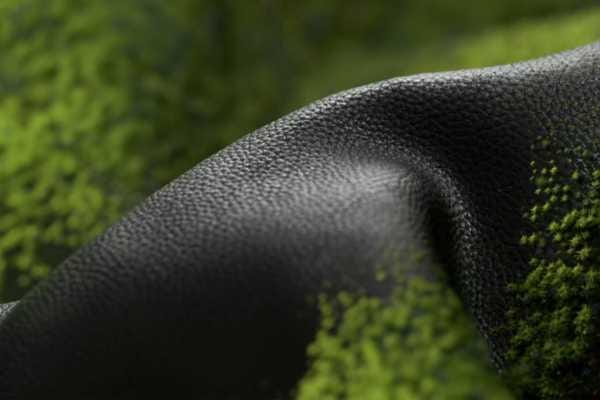Wave power rolls into shore
Onshore wave power is being put through its paces as the fledgling sector powers up.

The Israeli grid began accepting power from waves last month, and LA is next to pilot onshore wave power as the fledgling sector gains ground.
More than 70 per cent of the earth’s surface is covered in water, and tapping into the powerful force of ocean waves holds great potential as the world scrambles to transition to clean energy.
Waves have some major advantages over more mainstream clean power sources such as solar and wind – they are more predictable, they work around the clock, and because of their energy density, require a comparatively small equipment footprint.
On the downside, installing equipment in the ocean is costly, conditions can be extremely harsh, and moorings can disturb marine habitats and impede migration. Another big obstacle is regulatory – few governments have the policies and legal frameworks in place to accommodate this type of power.
A new type of plant
This is where Eco Wave Power, a Swedish onshore wave power company comes in.
Unlike its offshore counterparts, its power stations are located on land. In fact, the only water-based elements are a series of floaters, each the size of a small car.
These floaters are designed to attach to existing man-made structures such as piers, wharves, breakwaters and jetties, and eight floaters can produce around 100-kilowatts – enough to power around 80 homes.
Eco Wave Power’s first grid-connected power station was built on a breakwater in Gibraltar, and its second power station operates in Jaffa Port and was connected to Israel’s grid in August.
A third wave power plant is about to be pilot tested in the busy Port of Los Angeles, following on from the recent approval of the Wave and Tidal Renewable Energy Bill by the California State Senate.
More projects are in the pipeline with agreements to build power stations in Spain, Turkey, Portugal, and the US.
A driving force
Eco Wave Power CEO and founder Inna Braverman applauded the Californian Bill, which facilitates a study of the feasibility and potential for wave and tidal energy development.
“I’m extremely pleased that California is moving fast to implement this historic legislation that will bring wave energy to California,” she said at the time.
Braverman was born in Ukraine two weeks after the Chernobyl nuclear reactor exploded, and nearly lost her life as a result, and she says this close call inspired her to make a difference.
After her studies, she took a role at a renewable-energy company, and this experience led her to research the wave energy sector in a bid to pinpoint why previous projects had failed.
Braverman created Eco Wave Power to combat the issues she identified. That was back in 2011 when she was just 24.
“Eco Wave Power is pioneering in the wave energy field, and many times being the first is not easy, but I always say that passion is the greatest renewable energy source,” Braverman says.
“I hope that Eco Wave Power’s journey will inspire and trigger some clear actions … the promotion of clean energy, support for innovative ideas, easy and clear regulatory framework for renewables, which will lead to a better future for our children.”
"I hope that Eco Wave Power’s journey will inspire and trigger some clear actions."
The tech
As incoming waves roll in, the Eco Wave floaters move up and down, adding pressure to a hydraulic system that drives a generator to produce electricity. The system can produce electricity from wave heights of 0.5 metres, and when the waves are too high to handle, the floaters automatically rise above the water level and stay in an upward position.
Who funds it
Eco Wave Power is publicly listed on the Nasdaq stock exchange in the US. It has also received co-funding from the European Regional Development Fund and the Israeli Ministry of Energy.
Is it ready to roll
Eco Wave Power has built two grid-connected power stations, one in Gibraltar and another in Jaffa Port, Israel. A pilot plant is now being planned for the Port of Los Angeles.





